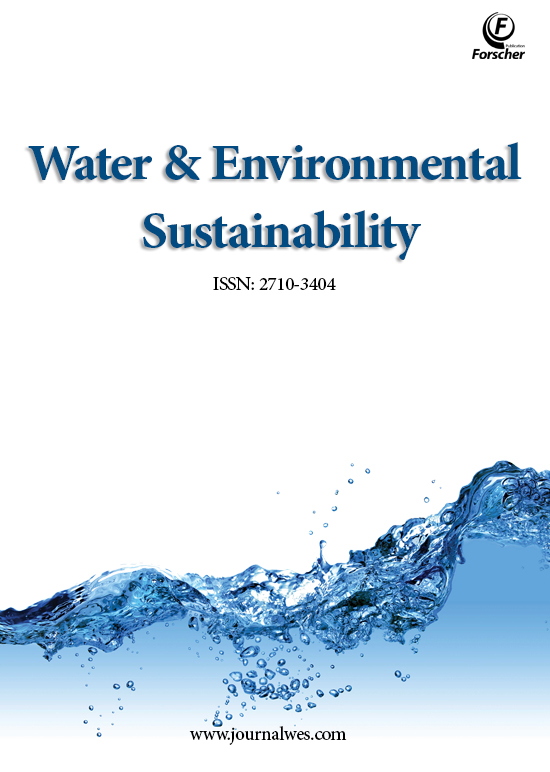Document Type : ORIGINAL RESEARCH ARTICLE
Author
Department of Life Sciences, Dibrugarh University, Dibrugarh-786 004, Assam, India.
Abstract
Heavy metal bioaccumulation was investigated in fish from the Gingee river in Vadamangalam and Ariankuppam in the Puducherry area, including mercury (Hg), zinc (Zn), and copper (Cu) (Cu). According to the study, heavy metal concentrations in sediments were more significant than in water. Depending on the season, the amount of heavy metal played at each location changes. Heavy metal bioaccumulation was seen in river fish. Metal concentrations have been detected in the following order: sediment > fishes > water.
Keywords

